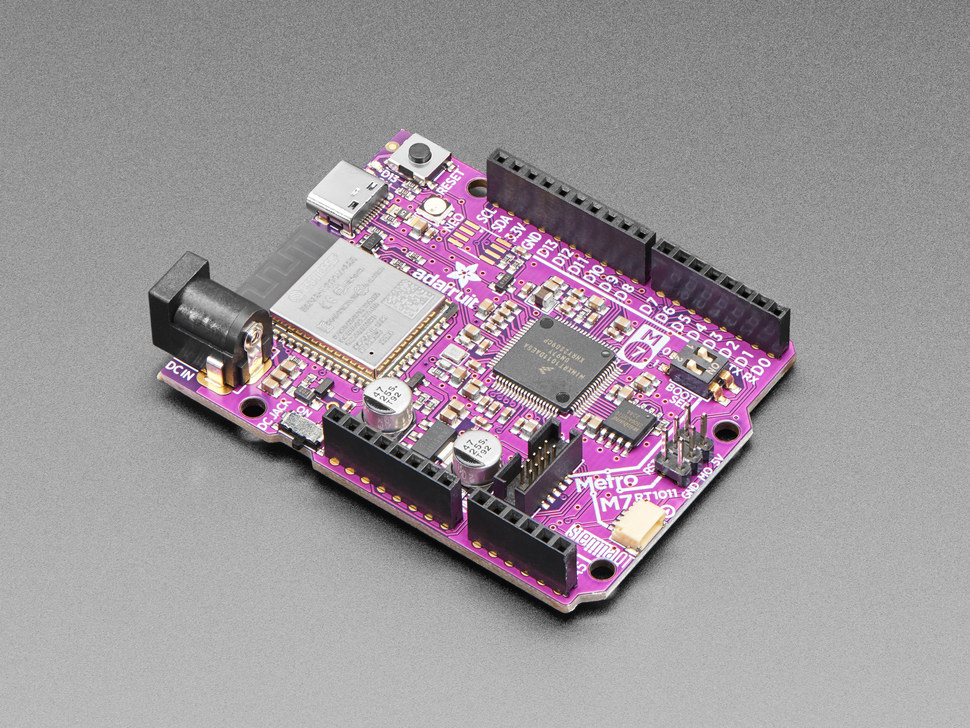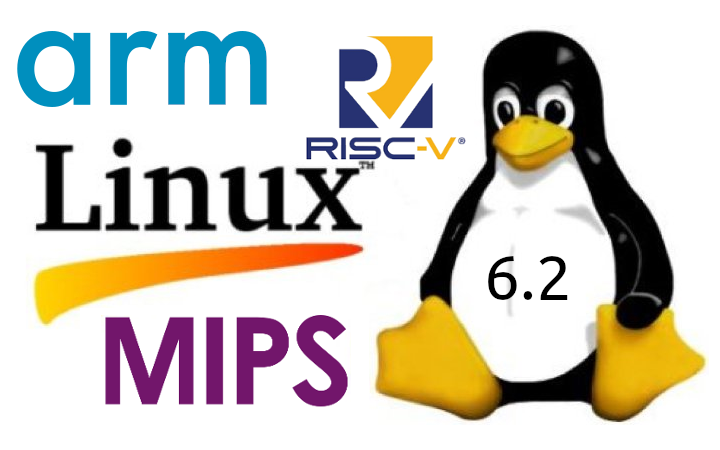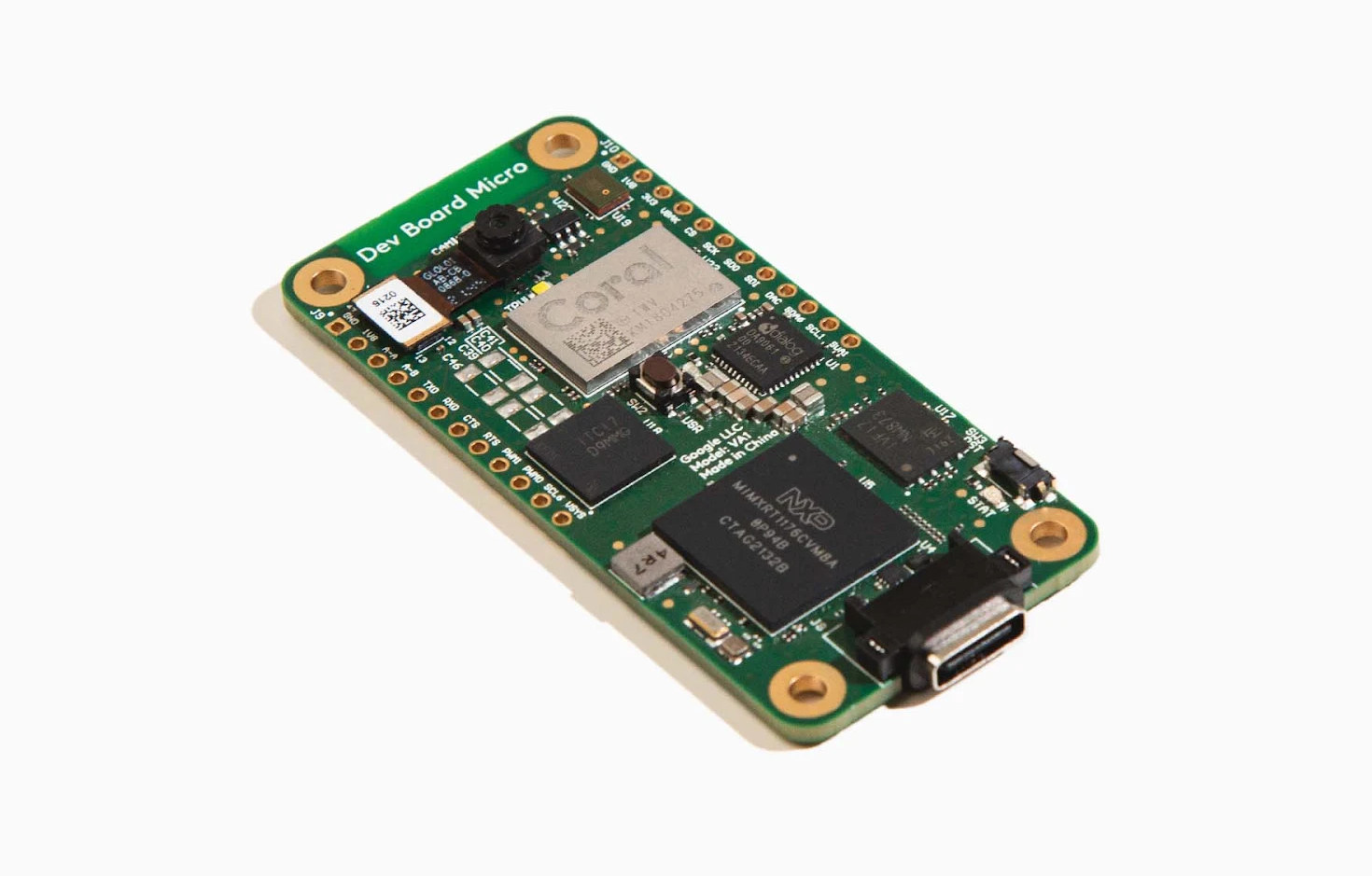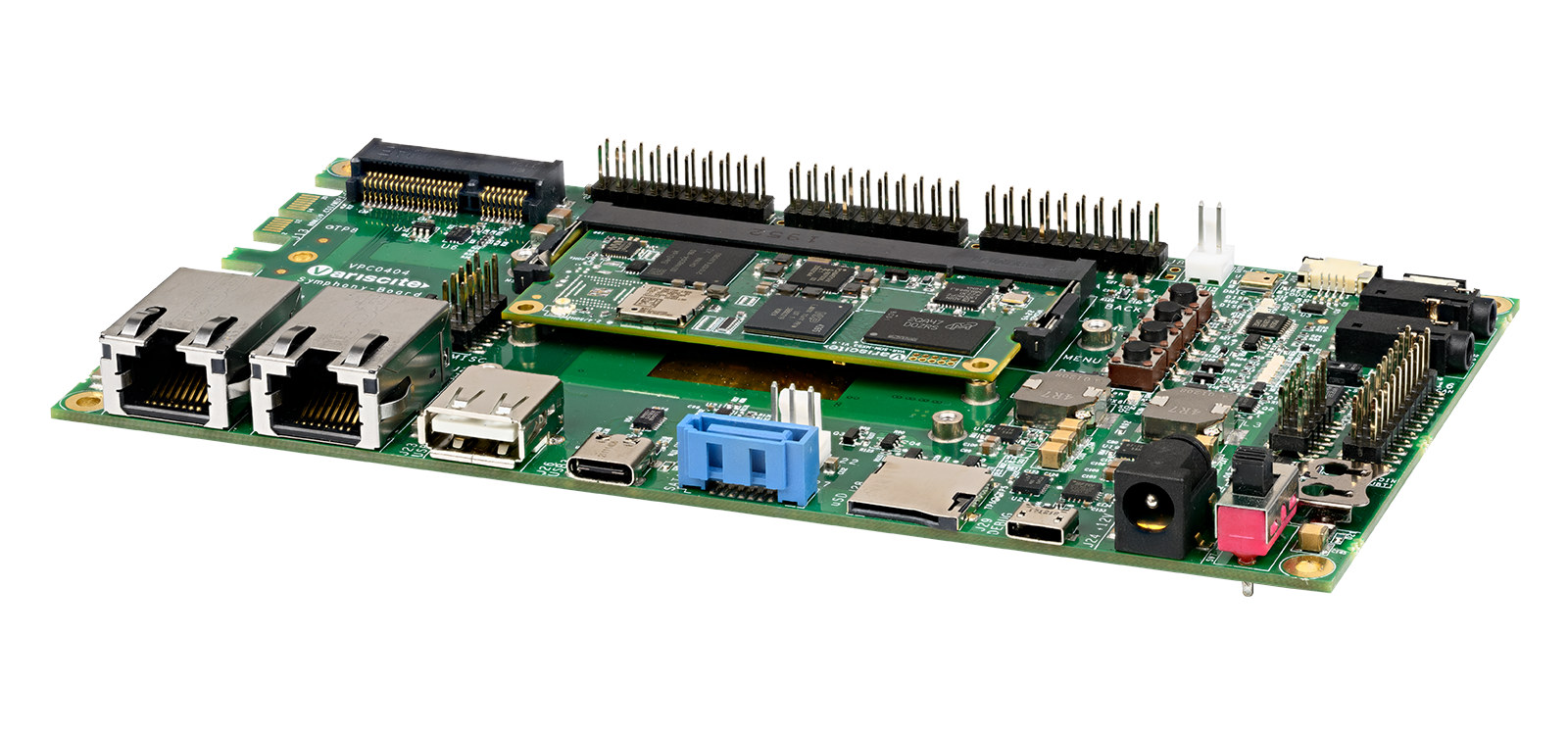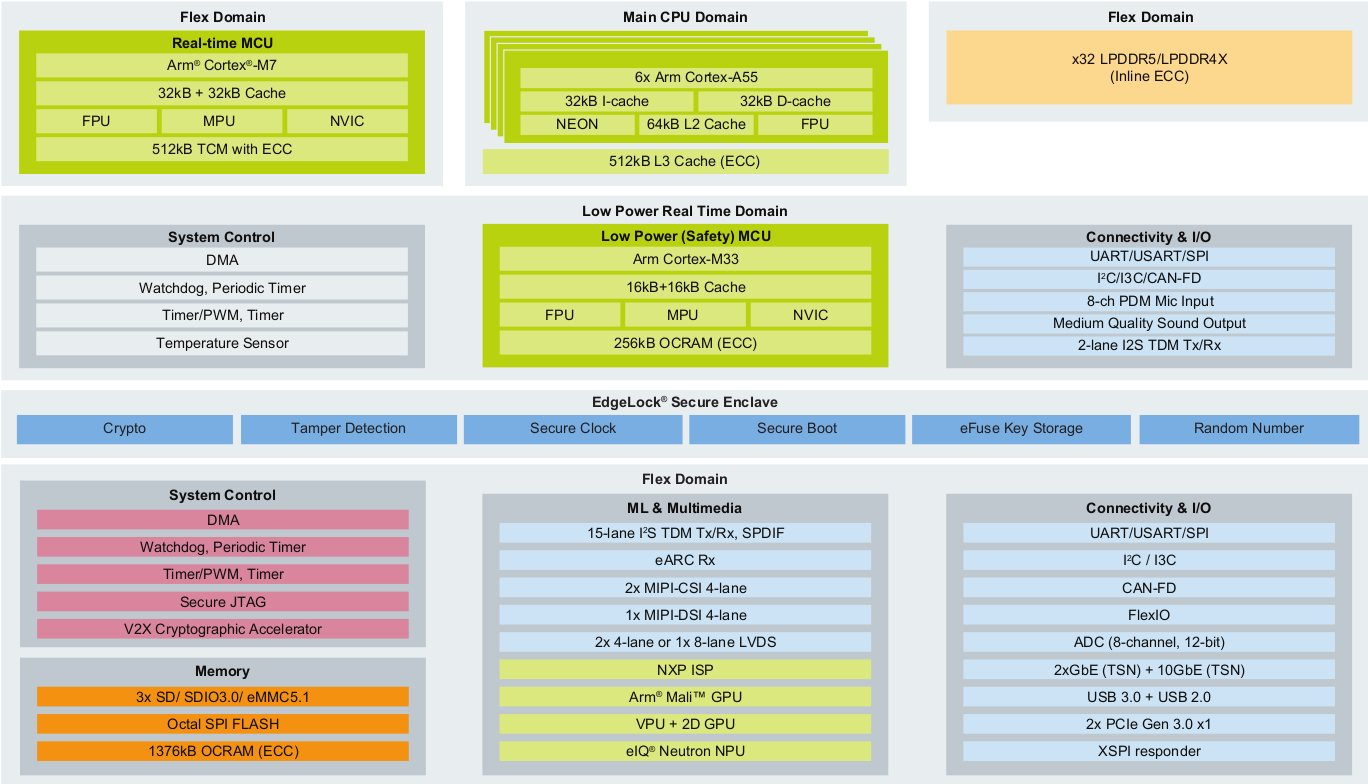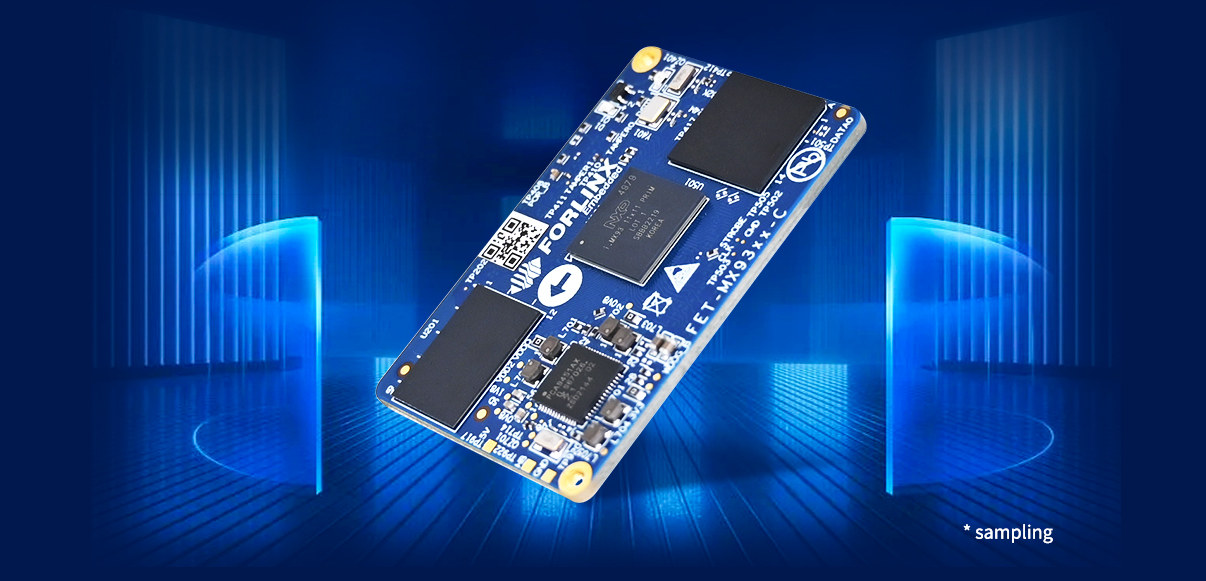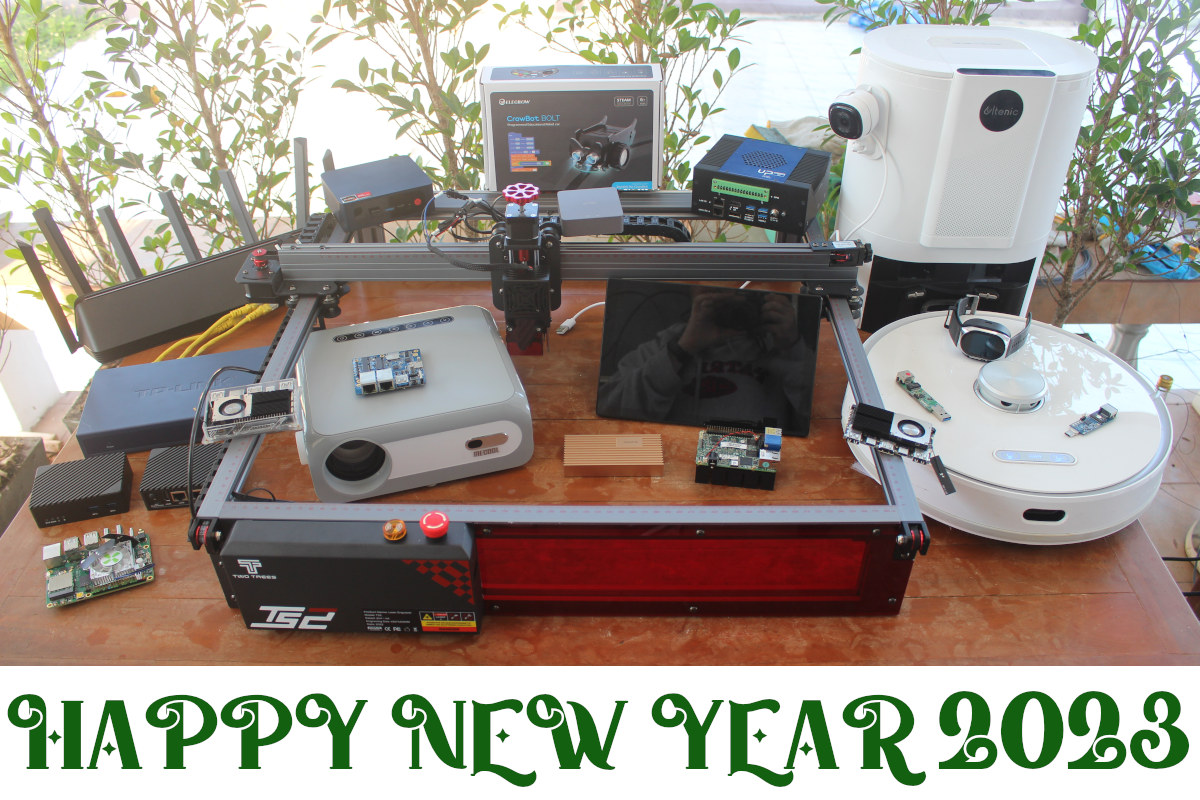Adafruit Metro M7 is a development board based on a 500 MHz NXP i.MX RT1011 Arm Cortex-M7 crossover MCU that follows Arduino UNO form factor and integrates the ESP32-based “AirLift” WiFi module for wireless connectivity. The board also comes with 4MB QSPI storage, a few LEDs and buttons, a Qwiic connector for additional expansion beyond Arduino Shields, and an SWD connector for debugging. The board takes 6V to 12V DC input via a power barrel jack, but can also be powered through its USB Type-C port. Adafruit Metro M7 specifications: SoC – NXP iMX RT1011 crossover microcontroller with an Arm Cortex-M7 clocked at 500 MHz and 128KB SRAM/TCM Storage – 4MB of QSPI XIP Flash Wireless – AirLift WiFi co-processor with TLS/SSL support (better known as ESP32-WROOM-32) USB – 1x USB Type-C port for power and programming Expansion Arduino UNO headers for Arduino shields compatibility STEMMA QT connector for I2C […]
Linux 6.2 release – Main changes, Arm, RISC-V, and MIPS architectures
Linux 6.2 has just been released with Linus Torvalds making the announcement on LKML as usual: So here we are, right on (the extended) schedule, with 6.2 out. Nothing unexpected happened last week, with just a random selection of small fixes spread all over, with nothing really standing out. The shortlog is tiny and appended below, you can scroll through it if you’re bored. Wed have a couple of small things that Thorsten was tracking on the regression side, but I wasn’t going to apply any last-minute patches that weren’t actively pushed by maintainers, so they will have to show up for stable. Nothing seemed even remotely worth trying to delay things for. And this obviously means that the 6.3 merge window will open tomorrow, and I already have 30+ pull requests queued up, which I really appreciate. I like how people have started to take the whole “ready for […]
Purism Lapdock kit converts the Librem 5 Linux smartphone into a laptop
Purism has just announced the Lapdock kit to turn their Librem 5 Linux smartphone into a laptop with a 13.3-inch touchscreen display thanks to the NexDock 360 laptop dock. I was a big believer in mobile desktop convergence around 10 years ago, expected to be soon able to use my phone as a computer or laptop with a dock, and it looked like it might have become a reality when Canonical launched the Ubuntu Edge smartphone crowdfunding campaign in 2013. But it turns out demand was not sufficient, and Canonical eventually ended their convergence efforts focusing on profitable IoT and cloud segments instead. But that does not mean there isn’t a niche market and Purism’s Lapdock kit addresses it to some extent. The Lapdock kit is comprised of three parts namely the NexDock 360 laptop dock, a magnetic mount to attach the Librem 5 to the side of the NexDock […]
Coral Dev Board Micro combines NXP i.MX RT1176 MCU with Edge TPU in Pi Zero form factor
Coral Dev Board Micro is the latest iteration of Google’s Edge AI devkit with an NXP i.MX RT1176 Cortex-M7/M4 crossover processor/microcontroller coupled with the company’s 4 TOPS Edge TPU, a camera, and a microphone in a board that’s about the size of a Raspberry Pi Zero SBC. The new board follows the original NXP i.MX 8M-based Coral Dev board that was introduced in 2019, and Coral Dev Board mini based on MediaTek MT8167S processor launched in 2020, and keeps with the trend of providing more compact solutions with lower-end host processors for edge AI. Coral Dev Board Micro specifications: MCU – NXP i.MX RT1176 processor with an Arm Cortex-M7 core @ up to 1 GHz, Cortex-M4 core up to 400 MHz, 2MB internal SRAM, 2D graphics accelerators; System Memory – 512 Mbit (64 MB) RAM Storage – 1 Gbit (128 MB) flash memory ML accelerator – Coral Edge TPU coprocessor […]
VAR-SOM-MX93 SO-DIMM NXP i.MX 93 SoM features WiFi, Bluetooth, Audio codec
Variscite VAR-SOM-MX93 is a 200-pin SO-DIMM system-on-module based on NXP i.MX 93 dual-core Cortex-A55/M33 AI processor with up to 2 GB LPDDR4 RAM, 64GB eMMC flash, and onboard WiFi & Bluetooth module and audio driver. The Variscite module follows the announcement of two other NXP i.MX 93 system-on-modules, namely the Forlinx FET-MX9352-C with board-to-board connectors and the iWave Systems iW-RainboW-G50M LGA module compliant with OSM Size L form factor to be soldered directly on the carrier board. VAR-SOM-MX93 specifications: SoC – NXP i.MX 93 with up to 2x Cortex-A55 cores @ 1.7GHz, 1x Cortex-M33 real-time co-processor @ 250 MHz, 0.5 TOPS NPU, 2D PxP graphics engine System Memory – 512MB to 2GB LPDDR4 Storage – 8 to 64GB eMMC flash, 4KB EEPROM Ethernet – ADIN1300 Gigabit Ethernet PHY Wireless module Single-band 802.11 b/g/n WiFi 4 or dual-band 802.11 ac/a/b/g/n WiFi 5 Bluetooth 5.2 classic + LE Audio – Unnamed Audio […]
NXP i.MX 95 processor features Cortex-A55, Cortex-M33, and Cortex-M7 cores, eIQ Neutron NPU
NXP i.MX 95 is an upcoming Arm processor family for automotive, industrial, and IoT applications with up to six Cortex-A55 application cores, a Cortex-M33 safety core, a Cortex-M7 real-time core, and NXP eIQ Neutron Neural Network Accelerator (NPU). We’re just only starting to see NXP i.MX 93 modules from companies like iWave Systems and Forlinx, but NXP is already working on its second i.MX 9 processor family with the i.MX 95 application processor family equipped with a higher number of Cortex-A55 cores, an Arm Mali 3D GPU, NXP SafeAssure functional safety, 10GbE, support for TSN, and the company’s eIQ Neutron Neural Processing Unit (NPU) to enable machine learning applications. NXP i.MX 95 specifications: CPU Up to 6x Arm Cortex-A55 cores with 32KB I-cache, 32KB D-cache, 64KB L2 cache, 512KB L3 cache with ECC 1x Arm Corex-M7 real-time core with 32KB I-cache, 32KB D-cache, 512KB TCM with ECC 1x Arm Cortex-M33 […]
Forlinx FET-MX9352-C – An NXP i.MX 9352 system-on-module for industrial AIoT applications
Forlinx FET-MX9352-C is a system-on-module based on NXP i.MX 9352 dual Cortex-A55 processor with Cortex-M33 real-time core and a 0.5 TOPS AI accelerator that can be used for industrial control, IoT gateways, medical equipment, and various applications requiring machine learning acceleration. The FET-MX9352-C follows last week’s announcement of the iWave Systems iW-RainboW-G50M OSM module and SBC with a choice of NXP i.MX 93 processors. The Forlinx module comes with two board-to-board connectors instead of solderable pads and can be found in the OK-MX9352-C single board computer with dual GbE, various display and camera interfaces, RS485 and CAN Bus, etc… FET-MX9352-C i.MX 9352 system-on-module Specifications: SoC – NXP i.MX 9352 with 2x Arm Cortex-A55 cores @ up to 1.7GHz (commercial) or 1.5 GHz (industrial), Cortex-M33 real-time core @ 250 MHz, 0.5 TOPS Arm Ethos U65 microNPU System Memory – 1GB/2GB LPDDR4 RAM Storage – 8GB eMMC flash 2x high-density 100-pin board-to-board […]
Year 2022 in review – Top 10 posts and statistics
It’s the last day of the year and the time to look at some of the highlights of 2022, some traffic statistics from CNX Software website, and speculate on what 2023 may bring us. The semiconductors shortage continued in 2022, but things are looking brighter in 2023 with the full reopening of the world mixed with forecasts of difficult economic times that should keep the demand/supply equation in check. On the Arm processor front the biggest news of the year, at least in this corner of the Internet, was the launch of the Rockchip RK3588 octa-core Cortex-A76/A55 processor together with interesting single board computers that we’ll discuss below. Announced last year, the Amlogic A311D2 octa-core Cortex-A73/A53 was finally made available in a few SBC’s, and we finally got some news about the Amlogic S928X Cortex-A76/A55 SoC showcased in 8K TV boxes, but we have yet to see it in action. […]


